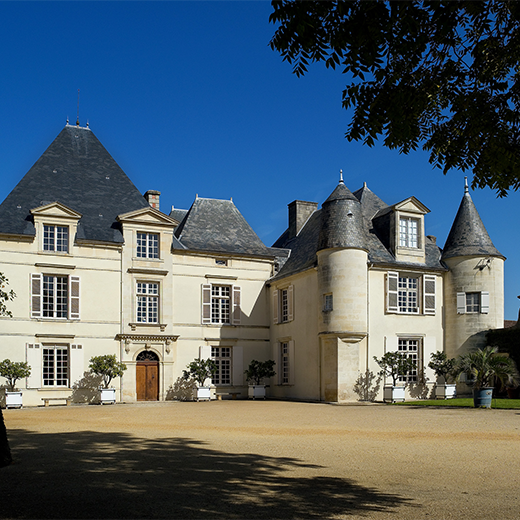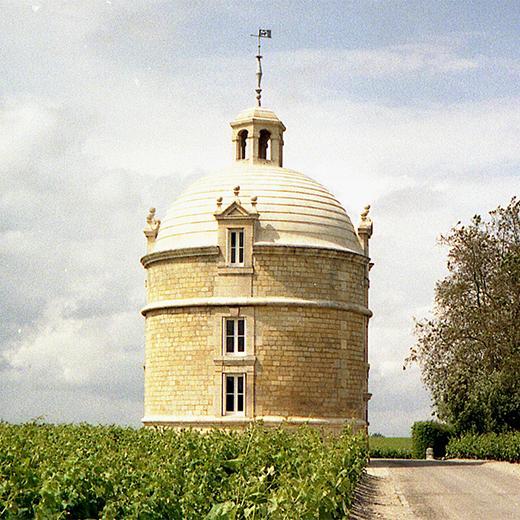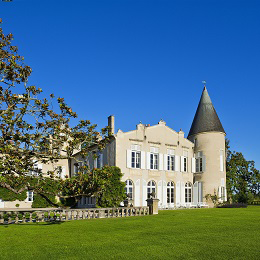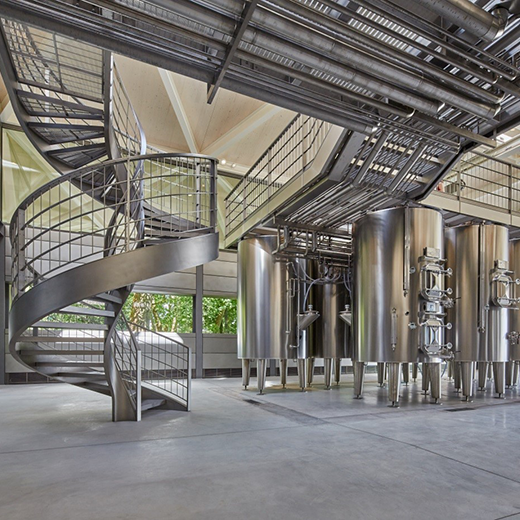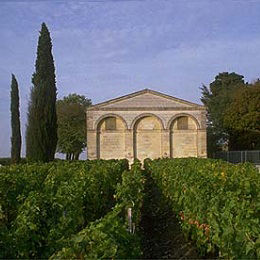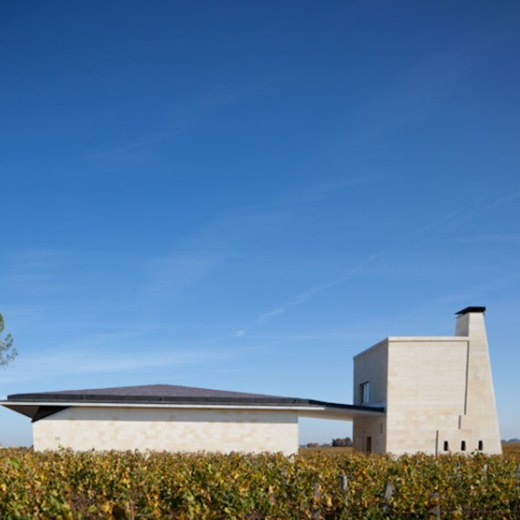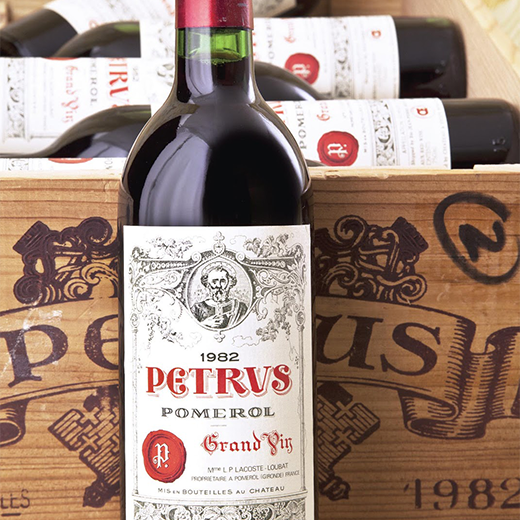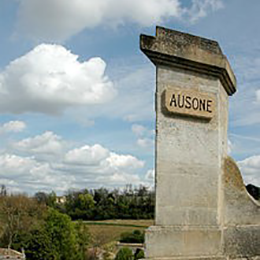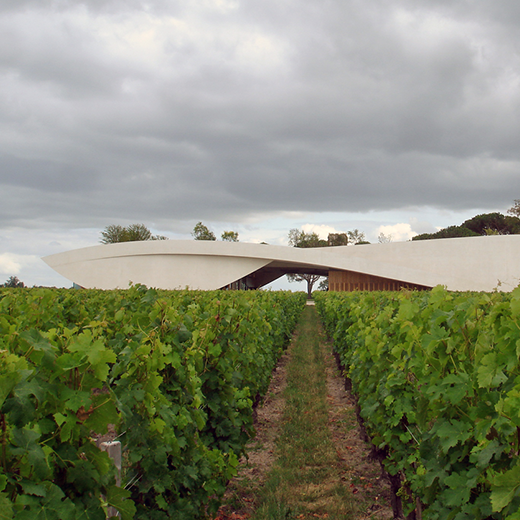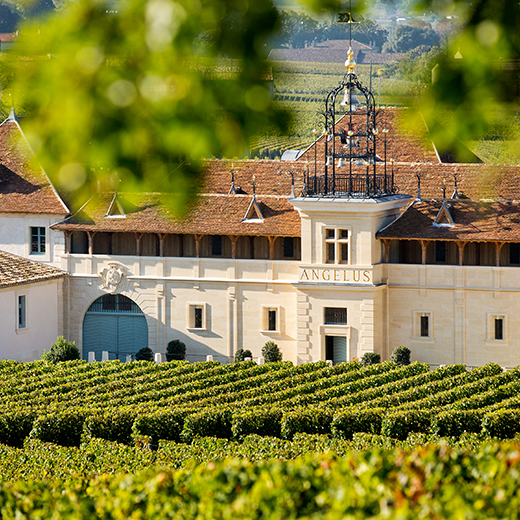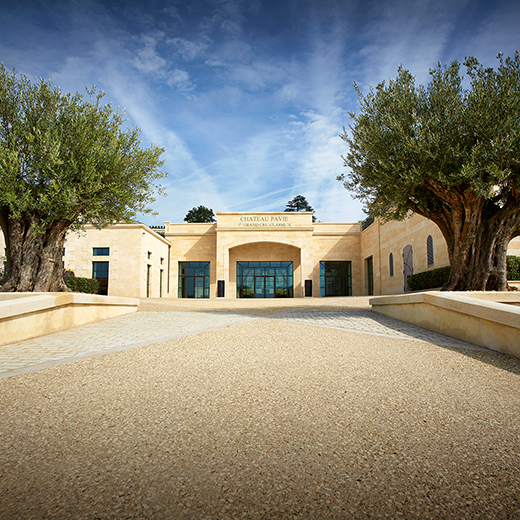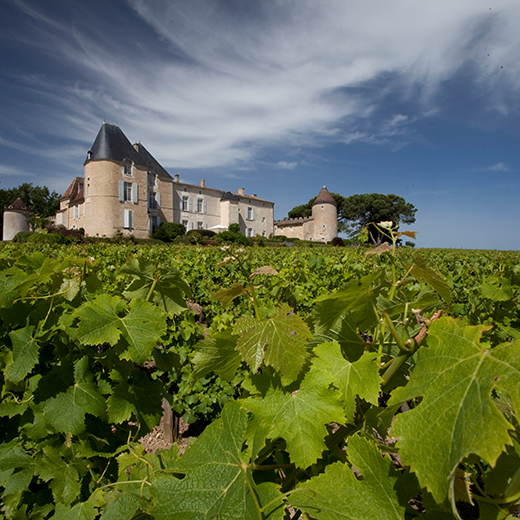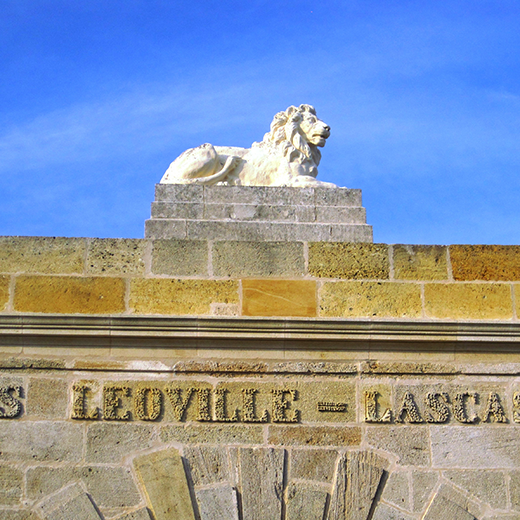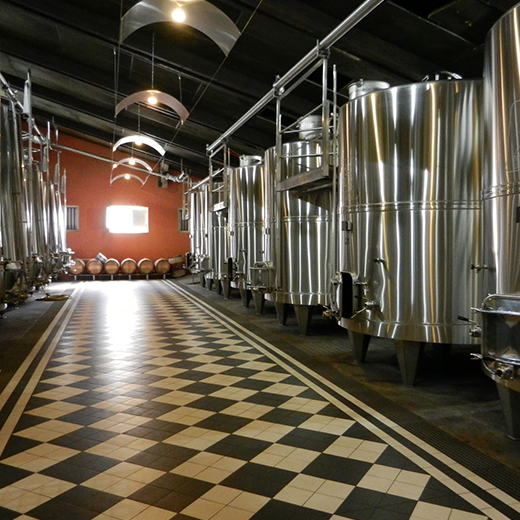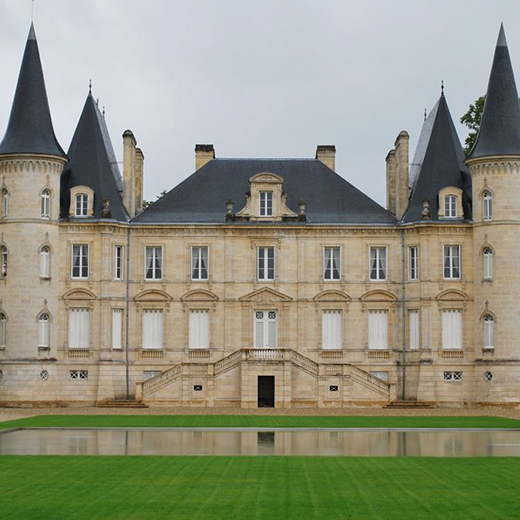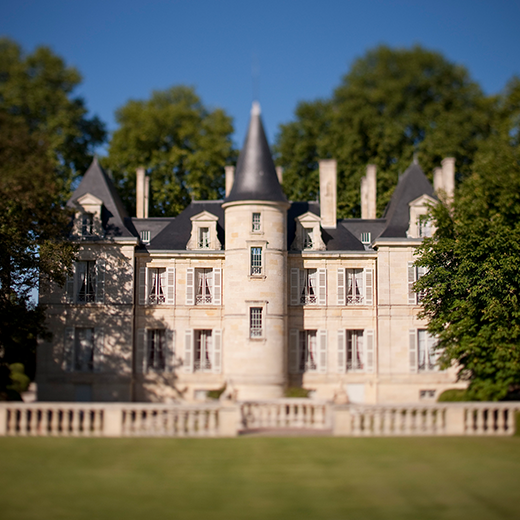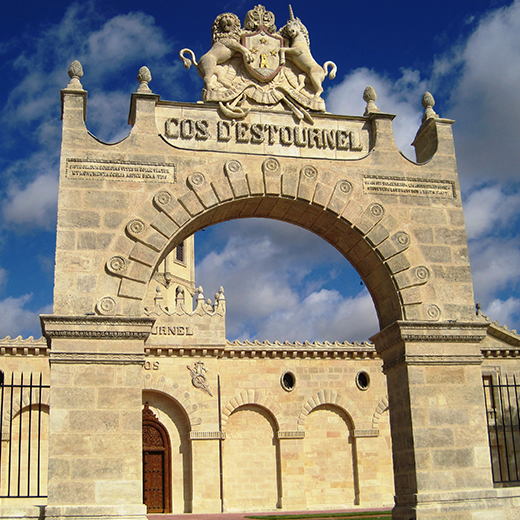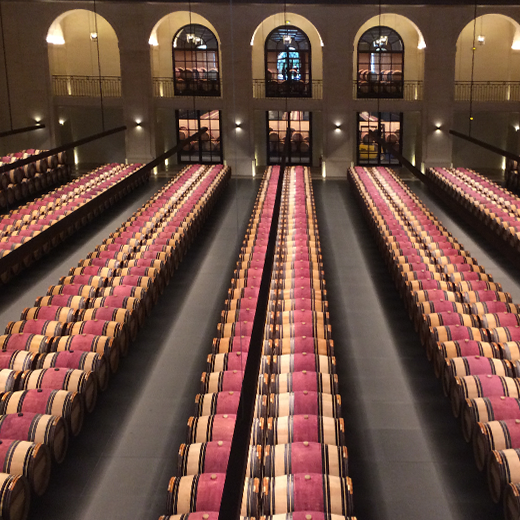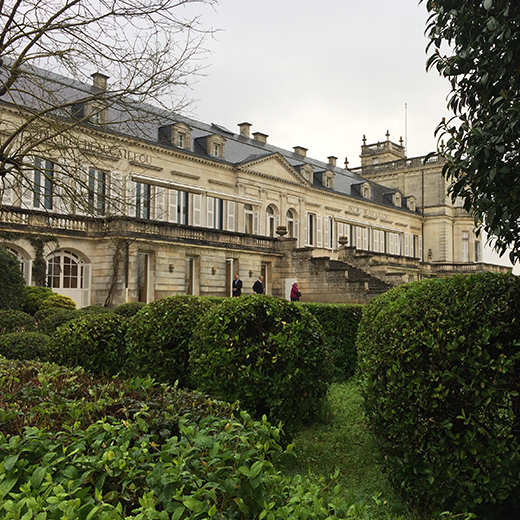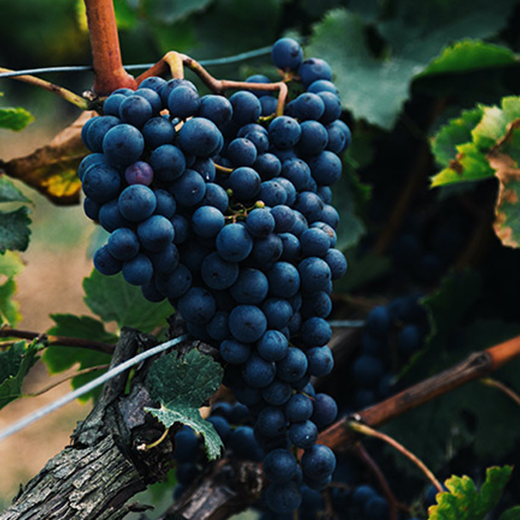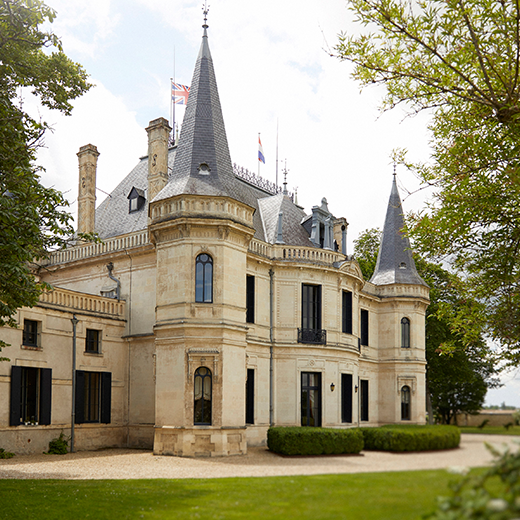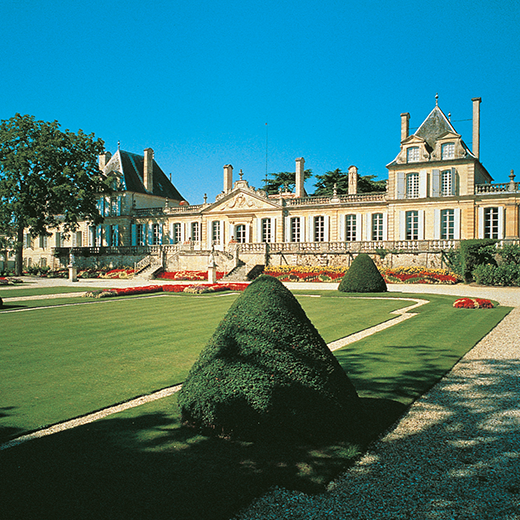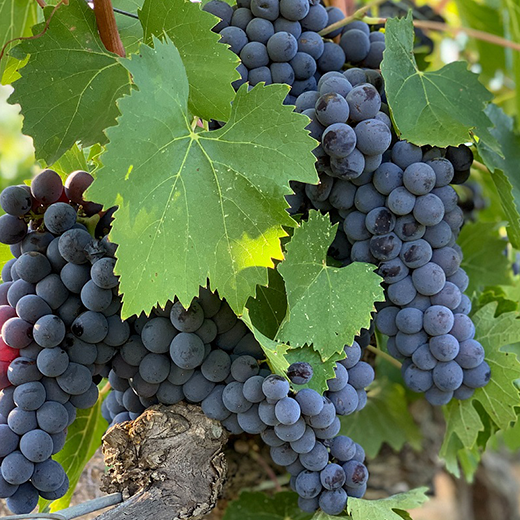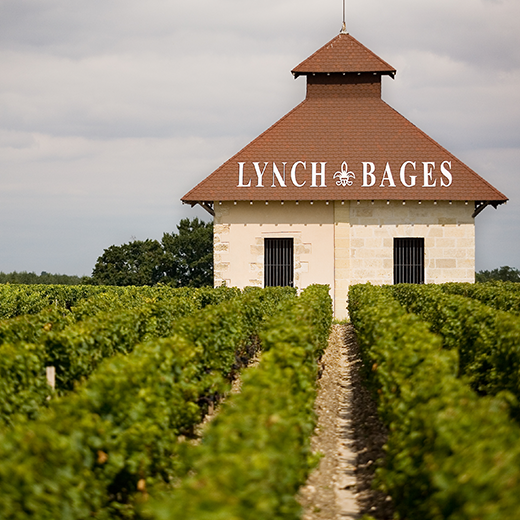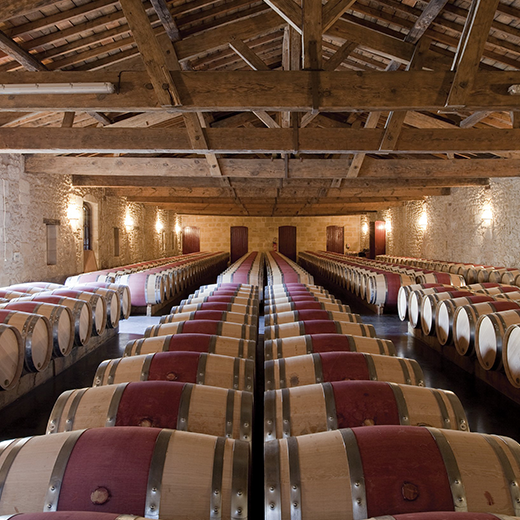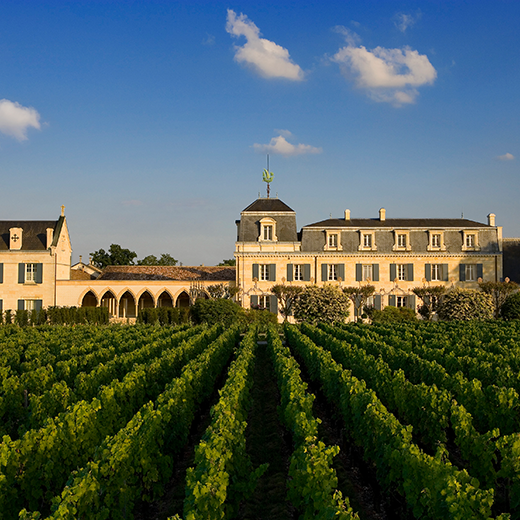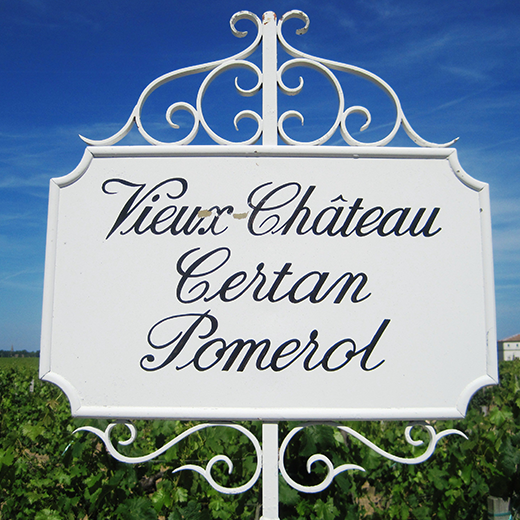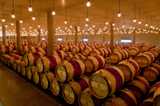Introduction
Traditionally the greatest growing region for fine wine, Bordeaux is still the most prolific producer of investment wines and their quality and liquidity drive the secondary market. The global demand for Bordeaux's most prestigious wines ensures their continued importance to wine investors and their position as cornerstone investments in a robust fine wine portfolio.
Led by the renowned First Growth Chateaux Haut Brion, Lafite Rothschild, Latour, Margaux and Mouton Rothschild along with iconic Right Bank estates Petrus, Le Pin, Ausone, Cheval Blanc, Angelus and Pavie, the top Bordeaux wines have built a rich heritage across centuries and are globally recognised luxury brands.
Bordeaux investment wines can deliver significant returns to investors and are some of the most traded wines by value and volume on Liv-ex, the global stock exchange for fine wine. They provide liquidity and value and are key wines to include when planning your wine investment portfolio.




